Arabescato Piana
 Italy
Italy
Arabescato Piana is a kind of white marble quarried in Italy. This stone is especially good for Exterior - Interior wall and floor applications, countertops, mosaic, fountains, pool and wall cappi and other design projects. It also called Arabescato Marble, Arabescato Piana Marble . Arabescato Piana can be processed into Polished, Sawn Cut, Sanded, Rockfaced, Sandblasted, Tumbled and so on.

Can Arabescato Piana be used as a tabletop?

What are the different types of Arabescato Piana columns?

With Arabescato Piana kitchen countertops, which color kitchen cabinets should I choose?

Does Arabescato Piana easly stain?

Can Italy's Arabescato Piana Marble be used outdoors?

Can Arabescato Piana be used for pool coping?

Can Italy's Arabescato Piana Marble be used in landscaping?

Can Arabescato Piana be used as a kitchen cutting board?

What is the coefficient of friction of Water Jet Cut Italy's Arabescato Piana Marble tiles?

With Arabescato Piana kitchen countertops, which color glass mosaic backsplash should I choose?

Can Italy's Arabescato Piana Marble be used in a office?

Is it safe to use Arabescato Piana mortar and pestle?

What is the difference between Arabescato Piana and Calacatta Extreme?

What grade is Italy's Arabescato Piana Marble?

Can I use Arabescato Piana for commercial bar countertop?

What thickness of Arabescato Piana backsplash tiles would be better?

How can I repair the scratched surface of the Arabescato Piana wall tiles?

Does Arabescato Piana scratch easily?

What are the different types of Arabescato Piana mosaics style?

How thick is Italy's Arabescato Piana Marble slabs?

Are there color variations of Italy's Arabescato Piana Marble?

Can Italy's Arabescato Piana Marble be used exterior applications in very humid climates?

What is the average hardness of Italy's Arabescato Piana Marble?

Is Arabescato Piana durable for use as outdoor patio pavers?

How to repair the scratched Arabescato Piana kitchen countertop surface?

What is the physical properties of Arabescato Piana?

Can I use Arabescato Piana for kitchen countertop?

What thickness of Arabescato Piana kitchen countertop would be better?

How should I clean Arabescato Piana countertop?

Can Arabescato Piana be used in a Turkish hammam as a wall and floor covering?

What should be the minimum thickness of the Arabescato Piana table top?

Is Italy's Arabescato Piana Marble an expensive stone?

What are the different types of Arabescato Piana moldings style?

How thin can Arabescato Piana be cut as tiles?

Can Arabescato Piana be used as a mortar pestle?

What is the chemical composition of Arabescato Piana?

How can I clean Arabescato Piana floor tiles?
-

-

XIAMEN SINGO IMPORT & EXPORT TRADING CO., LTD.
 China
China
 16YRDiamond members are premium members on platform, providing members with comprehensive approach to promoting their products, increasing products exposure and investment return to maximize.
16YRDiamond members are premium members on platform, providing members with comprehensive approach to promoting their products, increasing products exposure and investment return to maximize.
 Verified Supplier is for prove company authenticity,including business license,trade license and effective office space,to enhance buyers' trust to suppliers and their products, reducing communication costs.
Verified Supplier is for prove company authenticity,including business license,trade license and effective office space,to enhance buyers' trust to suppliers and their products, reducing communication costs.
Contact Supplier
-

 Italy
Italy
Contact Supplier
-

-

-

Fujian Quanzhou Risheng Stone Co., Ltd.
 China
China
 Verified Supplier is for prove company authenticity,including business license,trade license and effective office space,to enhance buyers' trust to suppliers and their products, reducing communication costs.
Verified Supplier is for prove company authenticity,including business license,trade license and effective office space,to enhance buyers' trust to suppliers and their products, reducing communication costs.
Contact Supplier
-

Zhangzhou Bewell Stone Company Ltd.
 China
China
 Verified Supplier is for prove company authenticity,including business license,trade license and effective office space,to enhance buyers' trust to suppliers and their products, reducing communication costs.
Verified Supplier is for prove company authenticity,including business license,trade license and effective office space,to enhance buyers' trust to suppliers and their products, reducing communication costs.
Contact Supplier
-

-

 China
China
 Verified Supplier is for prove company authenticity,including business license,trade license and effective office space,to enhance buyers' trust to suppliers and their products, reducing communication costs.
Verified Supplier is for prove company authenticity,including business license,trade license and effective office space,to enhance buyers' trust to suppliers and their products, reducing communication costs.
Contact Supplier
-

Xiamen Thinkrock Stone Imp&Exp Co.,Ltd.
 China
China
 Verified Supplier is for prove company authenticity,including business license,trade license and effective office space,to enhance buyers' trust to suppliers and their products, reducing communication costs.
Verified Supplier is for prove company authenticity,including business license,trade license and effective office space,to enhance buyers' trust to suppliers and their products, reducing communication costs.
Contact Supplier
The request includes: 1. surface finished, size 2. quantity required






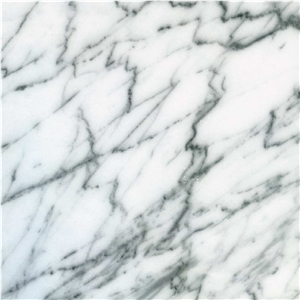
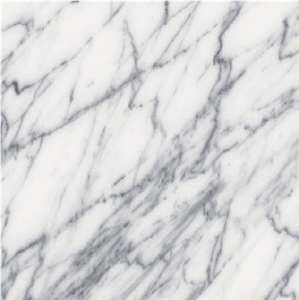
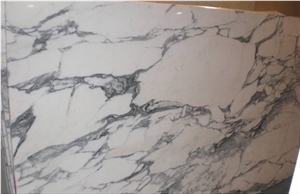
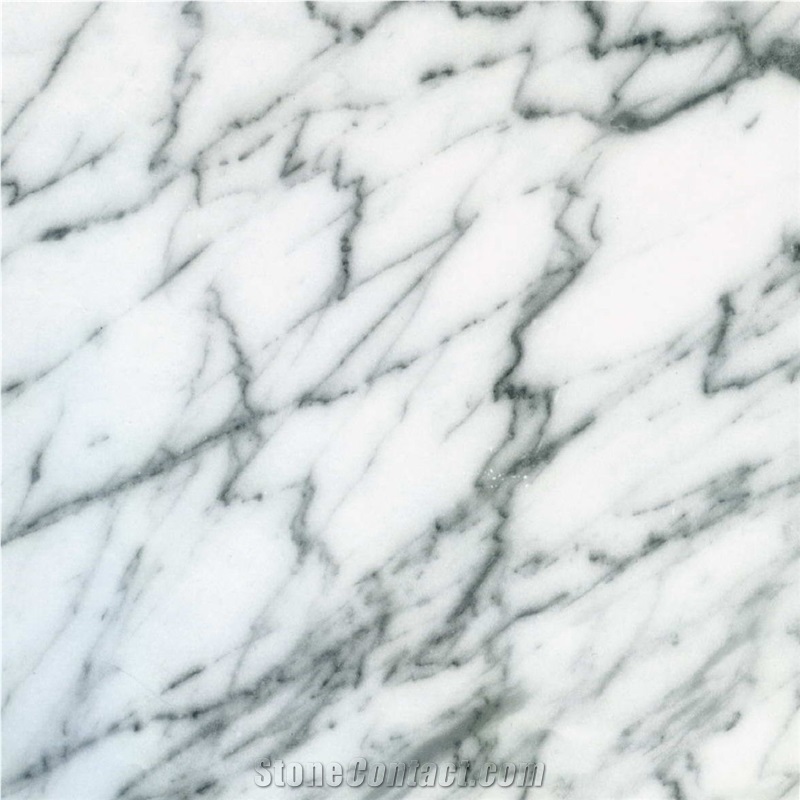
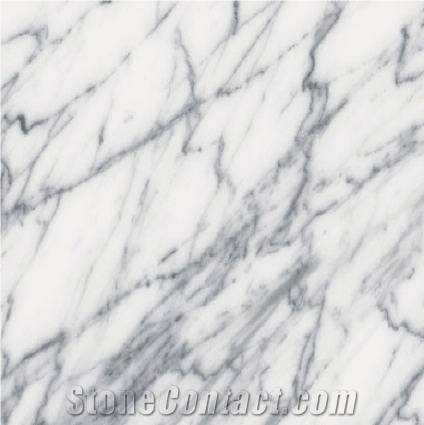
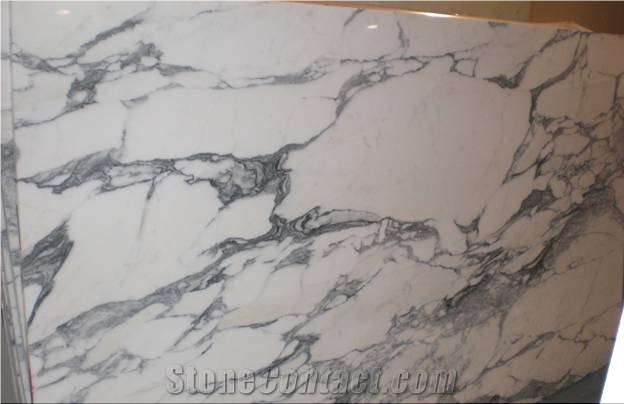
 United States
United States Russian Federation
Russian Federation